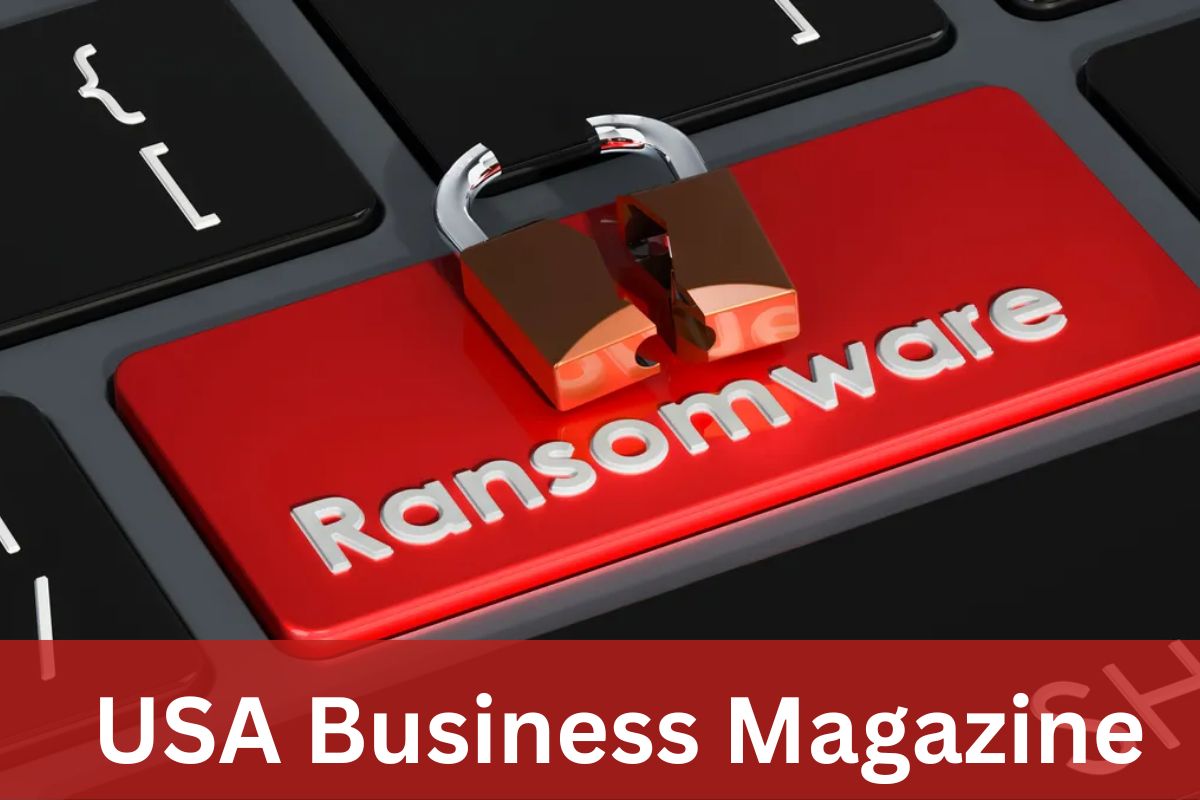
Ransomware Protection, Removal and Recovery Best Practices
Ransomware is a growing threat in the digital age, with cybercriminals increasingly targeting businesses and individuals alike. These malicious software programs encrypt your files and demand a ransom for their release. Protecting your data and learning how to respond effectively to a ransomware attack is crucial in today’s interconnected world. Here we will discuss the best practices for ransomware protection, removal, and recovery, as well as how to prevent malware and ransomware from impacting your organization.
Regularly Backup Your Data: Regular data backups are your first line of defense against ransomware. Ensure your backups are stored offline or in a secure, isolated environment, so they cannot be easily compromised. Automated backup solutions can simplify this process.
Use Reliable Antivirus Software: Invest in reputable antivirus and anti-malware software to detect and prevent ransomware infections. Keep these tools up-to-date to stay protected against the latest threats.
Keep Software and Systems Updated: Ransomware often exploits vulnerabilities in outdated software and operating systems. Regularly update your software and apply security patches to minimize these risks.
Educate Your Team: Teach your employees about the dangers of ransomware and how to recognize phishing attempts. Awareness is essential in preventing ransomware attacks that often begin with a seemingly harmless email.
Implement Email and Web Filtering: Use email and web filtering solutions to block suspicious content and attachments. These filters can prevent ransomware from entering your network through malicious links or downloads.
Removing Ransomware From Your Networks
Isolate Infected Systems: If a system is suspected of being infected with ransomware, isolate it from the network to prevent the malware from spreading to other devices.
Identify the Ransomware Variant: Determining the specific ransomware variant is crucial, as it may help you find a decryption tool or solution. Tools like ID Ransomware can help you identify the ransomware type.
Consult with Cybersecurity Experts: Ransomware removal can be complex and risky. It’s often best to seek the assistance of cybersecurity professionals who can help you eliminate malware without compromising your data further.
Avoid Paying the Ransom: Paying the ransom is not recommended as it does not guarantee the safe return of your files and may encourage further attacks. Instead, focus on recovery solutions.
Ransomware Recovery
Restore from Backup: If you have backups in place, this is the safest and most efficient method for ransomware recovery. Ensure your backup data is clean and uninfected before restoring it.
Use Decryption Tools: If available, use decryption tools specific to the ransomware variant you’ve been infected with. Some security researchers and organizations release free decryption tools to help victims.
Rebuild Systems: In cases where backups and decryption tools are not available, you may need to rebuild affected systems from scratch. This can be time-consuming but is necessary to ensure the malware is fully eradicated.
Strengthen Security: After recovery, take steps to enhance your security measures. Update your antivirus software, reinforce cybersecurity policies, implement tools like microsegmentation to quickly contain future attacks, and continue educating your team on ransomware threats.
Ransomware attacks are a significant threat in the digital landscape, but by following these best practices for protection, removal, and recovery, you can significantly reduce your risk and minimize the damage caused by these malicious attacks.
Remember that prevention is the best defense against ransomware, and a well-prepared organization is better equipped to respond effectively in the event of an attack. Stay vigilant and prioritize cybersecurity to safeguard your data and business operations from rising ransomware threats.





